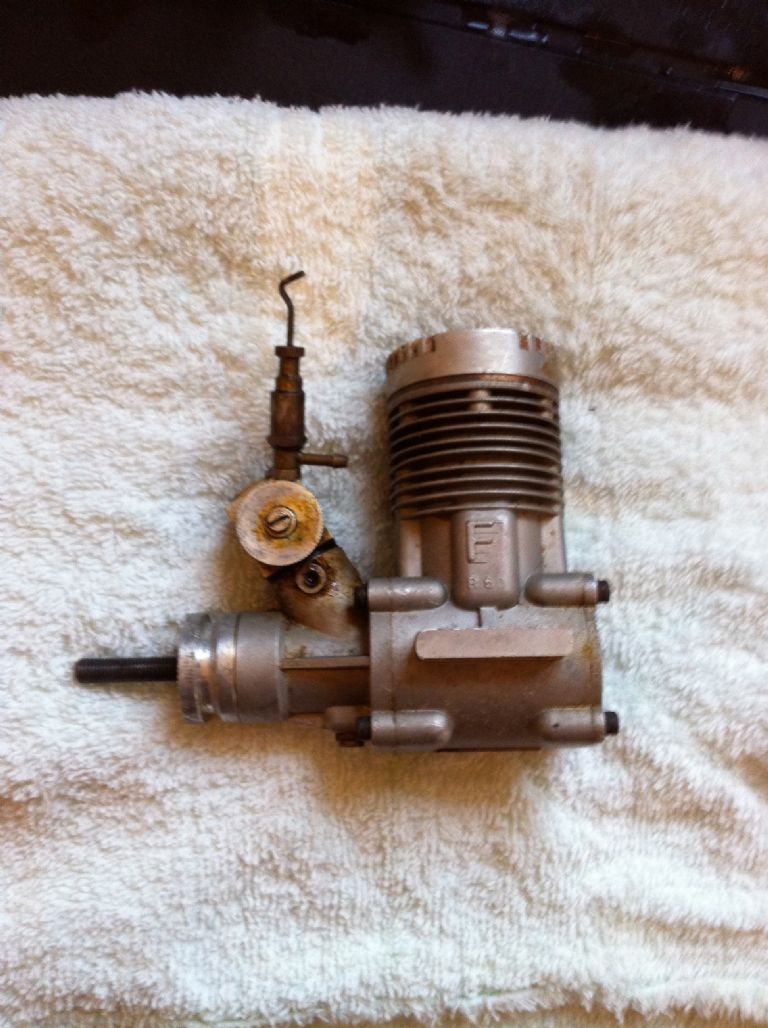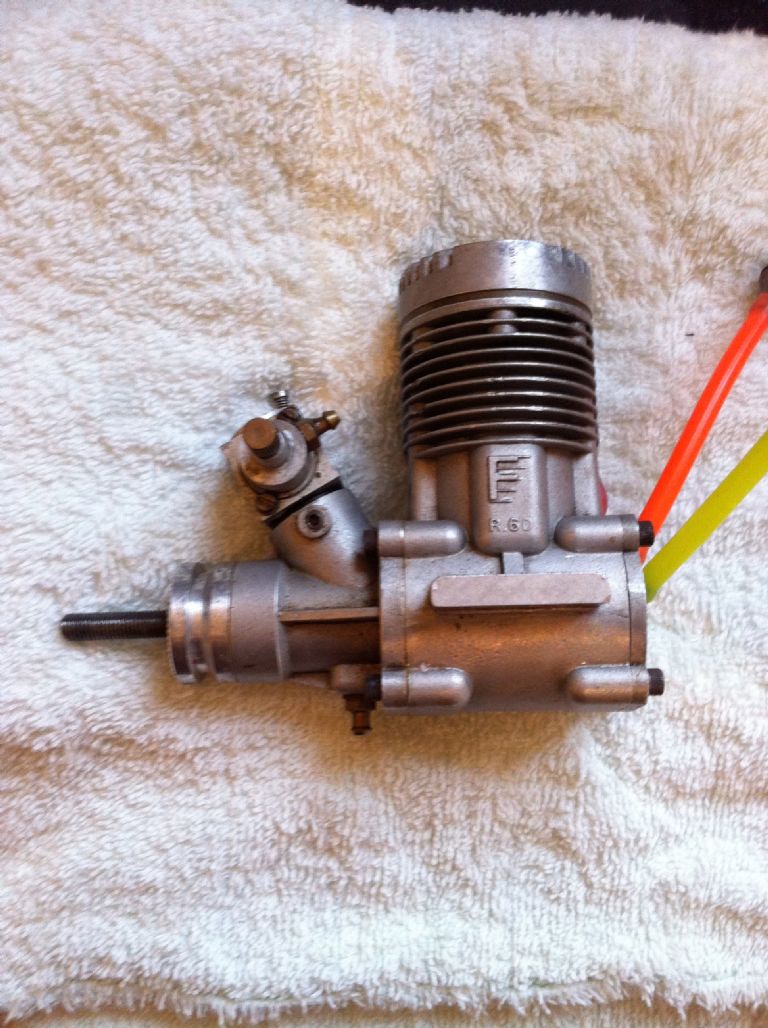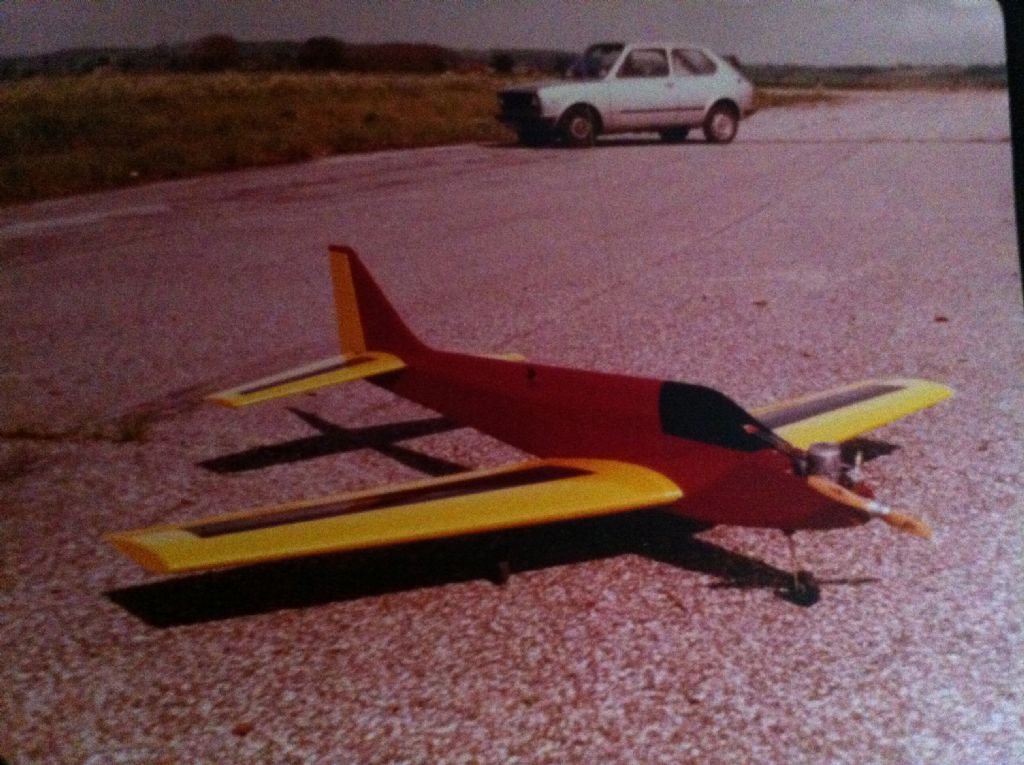
Kevin Caton
-
Posts
33 -
Joined
-
Last visited
Content Type
Profiles
Forums
Blogs
Gallery
Calendar
Downloads
Posts posted by Kevin Caton
-
-
Hi Richard
The answer to your question is two in each of those countries.
I think coaching is a bigger problem here - I get most of mine from people in other countries.
Kevin
-
Good points from both Martins!
In the past you needed to be able to build a straight light model, have reliable radio equipment and a good motor. Then, you had to go out and fly a lot. Nowadays, the radio is fantastic, the electric motors are totally relies le and consistent and anyone can buy the same airframe as the top pilots use. People all over the world are able to do this - then have the time and enthusiasm to put in 600-800 practice flights each year. Try counting how many flights you do in a year and you will see just what a commitment this is - flying 4 flights a day 5 days a week through the main season. All this comes before we get to discuss judging standards.
Some of us regularly travel to mainland Europe to compete at World Cup events and as such are known by the international judges. Yes, we don’t get scored quite as highly as at home, but when we talk to the other pilots, they have the same experience. As the competition becomes more significant, the judging criteria get slightly tougher. To address a specific point by Martin Dilly, we do get some funding from the BMFA training and excellence fund to go towards the cost of competing abroad.
We do have a French F3A judge with multiple World Championships experience who lives in the UK and regularly judges here. Unfortunately at present he is the only non-flying judge in the UK, so that gives us an immediate problem.
We can’t seem to get the “young guns” interested in F3A. It’s a bit “catch-22” as we don’t do very well internationally, so it’s seen as a fringe interest and a bit boring to watch. There is more recognition and exposure in show flying - large scale aerobatics, jets etc.
Any suggestions?
Edited By Kevin Caton on 29/05/2020 07:39:15
Edited By Kevin Caton on 29/05/2020 07:39:50
-
This thread could do with a bump to get it going again, so here are some names not yet mentioned from the late 1970s and early 80s. Some have already been mentioned and sadly some are no longer with us. Some of the others are still active but for the rest, where are they now?
Dave Smith
Dave Milner
Steve Burgess (still very active)
Ken Binks (still very active with model yatching)
Stuart Mellor (still active)
Steve Elias (went into jets very successfully)
Phil Stevens
Frank Dowling
Dave Hardaker (still flying I think?)
Colin Chapman
John Robinson
Those sadly no longer with us:
Geoff Franklin
Brian Brotherton
Clive Weller
Terry Westrop
Graham Briggs
Ray Brotherston
Sorry if I’ve missed anyone significant.
Edited By Kevin Caton on 28/05/2020 21:26:47
-
Hi Barrie
Albert Model in Brescia (albertmodel.com) has some original OPS and Rossi engines in the basement - a true aeromodellers' goldmine. Unfortunately you need to be proficient in Italian or French but google translate should be good enough. I visited the shop during the F3A World Championship last year and could have bought loads of old stuff - but there's only so much time and money!
The shop owner used to fly with the Rossi brothers in the 60s & 70s. A combination of schoolboy French and engine noises was just enough to make myself understood!
-
I started in RC aerobatics in 1980, before everyone started calling it F3A, so I may be able to remember some of the characters of that era. At that time it was a big class as there weren’t as many other disciplines around. It’s still very popular worldwide and the F3A World Championship has the largest entry of all the aeromodelling classes.
I recognise many of the challenges of international competition mentioned by Martin and Peter. Getting around in Europe is relatively easy as you can drive (even if it is for a couple of days) and take all your normal equipment with you. Taking your planes by air is a whole different challenge, but once you do it a couple of times you get used to the “airport experience”. You need to allow extra time for check in and be prepared to pay a small fortune in excess baggage charges, but even travelling with Li-Pos is manageable. What I imagine is similar across all disciplines is the requirement to be able to turn up at an unfamiliar site, put your planes (or helicopters) together then put in one great flight, then take them all apart again and repeat the experience for four days. It’s the same for everyone of course and it amazes me how the top pilots manage to be so consistently good no matter where you go in the world.
I’m looking forward to seeing how this thread develops and hopefully I didn’t get too far off-topic. -
Regarding our positions at the World Championship we got about the same scores relative to the leaders as in previous years - it's just that a few more people have squeezed in the gap. Over the last few years the widespread availability of top class aeroplanes (at a price!) and the reliability and consistency of electric power has brought many new fliers into F3A from other countries. Model flying in general is taken much more seriously abroad than in the UK and flying sites are often set up with the F3A box marked out. Junior members are much more prevalent abroad too and many people will have a view on why that is the case.
I would like more practice time and have no doubt that this would help. Equally, I don't go for the "gifted" argument. Countries like France, Germany, Austria, Italy and more recently Spain produce a succession of good pilots who progress quickly. Our best hope is to increase participation in F3A which will raise everyone's standards.
-
Update - I've just found out the Hurley comp is postponed due to poor weather forecast.
-
Graeme
the Hurley flight line is set up so that you will be facing East. With the current weather forecast for Sunday that means that the rain will be hitting straight on your back...
We'll all be there waiting for the sun to come out though!
Kevin
-
Martyn
The line of flight is 150m in front of the pilot, who stands at the intersection of the centre line and the two 60 degree box end lines. The judges are seated no more than 10m behind the pilot and within the extension of the end box markers. In this picture you can see I'm stood at the intersection and the judges are just off the picture to the left.
The flight line is beyond the trees on the right for added turbulence!
Kevin
-
I had a really enjoyable time at the Newmarket New Pilots' Open Day today. I counted 35 cars and it was great to see lots of enthusiastic new aerobatic pilots flying in quite windy conditions. If anyone felt nervous flying in front of a critical audience then I can assure you it didn't show!
From all the flying I saw I would say the one thing to practise is flying a straight line from one end of the box to the other in each direction. Also many pilots could benefit from reducing aileron throw a little (or try some expo - say 20%) as this helps to stop wing rocking.
Well done to everyone who took part and a big thanks to Peter and the members of Newmarket MFC who worked so hard to make the day a success.
Kevin
-
-
I have found the original FAI F3A turnaround schedule from 1983 if anyone fancies a try.
- Avalanche
- Half Reverse Cuban Eight
- Slow Roll
- Stall Turn
- Square Loop with Four Half Rolls
- Immelman Turn
- Three Outside Loops
- Half Roll into Half Square Loop
- Top Hat
- Stall Turn with Half Roll in Upline and Downline
- Four Point Roll
- Top Hat ¼ Rolls
- Six Sided Loop
- Half Cuban Eight
- Square Horizontal Eight
- Pull, Pull, Pull Humpty Bump Half Roll Up
- Double Immelman
- Pull, Push, Push Humpty Bump Half Rolls Up and Down, Exit Inverted
- Two Rolls in Opposite Directions, From Inverted
- Half Square Outside Loop
- Inverted Three Turn Spin
-
Almost Steve - the top deck was formed from rolled 1mm ply but the fuselage sides were standard 3/16" sheet with doublers etc. There was a design around in the late 70s called the Racketeer (a Mick Reeves development of the Gangster) that had a full rolled ply fuselage with a balsa bottom crutch.
-
One of my Lightnings (I had a few). This one was built in 1981 and the photo was taken on the same day as the picture of Peter Watson's plane above (24/5/1981). Redshift 60 rear exhaust with ED carb and pipe, Sanwa black custom radio and Rhom-Air retracts. The prop was a 11x7.5 Zinger wood. Note the whip aerial - very trendy in those days!
By the way that isn't my car in the background. I was a poor student in those days and couldn't afford anything that fancy.
Edited By Kevin Caton on 28/01/2014 20:51:25
-
-
It's just where it sits in the schedule Martyn. Over the years they have sometimes been downwind and sometimes upwind. As you recognise, you fly half of it upwind and half of it downwind whichever direction you start.
Kevin
-
-
Thanks for the help - I've worked it out now.
Here goes:
Ken Binks' Pacemaker, picture taken 28/8/1980 at the Nationals. Redshift 60, Futaba radio and Rhom-Air retracts. Sorry about the picture quality - bear in mind it is a 33 year old photo captured with an iPhone camera.
Edited By Kevin Caton on 26/01/2014 18:31:40
-
Could somebody give me guidance on how to post pictures here please? I have a Mac and apparently my browser settings are stopping me pasting pictures from iPhoto (I'm trying to use the "insert image from album" icon).
To whet appetites, I have been sorting through my photo collection and have lots of pictures from the late 1970s right up to date. The first few I have include Ken Binks' Pacemaker (1980 Nats), Peter Watson's Arrow (1981) and a few of my Lightnings. I have also taken some pictures of two Redshift 60s (serial numbers 600050 & 600482) that used to belong to my Dad.
Kevin
Edited By Kevin Caton on 26/01/2014 12:42:25
-
Martin the "two wingspans" rule still applies today - some things don't change!
I'm still at it simply because I love flying and I don't fly as often as I would like to. Anyway Wolfgang Matt is still going strong and he last won the World Championship when I was still at school!
-
The idea of the "blip" of power is to get some airflow over the rudder just at the point the plane comes to a stop in the vertical climb. This gives some rudder authority and gives you some confidence the plane will stall in the direction you push the rudder. I suggest that if you can't hear the increase in prop speed with an electric, then you haven't increased the airflow over the rudder! I am not the only pilot to have flown a stall turn on full power to stop it going the "wrong" way - a sure sign that you have under compensated for a crosswind. In theory you should not be downgraded for the amount of power you use. In practice, you are...
The key to getting the stall turn right is to stop the plane with just enough power to be able to fly over the stall at the tight radius required. This just takes practice. One tip is to concentrate hard on the CG of the plane as it flies over the radius at the top. More often than not you will see the plane "fall through" the turn.
I can't understand why the BMFA B certificate requires a stall away from the flightline because this is incredibly difficult if the wind has any component from behind you. If it is for "safety" then ask yourself what is more dangerous, a couple of wing spans towards the line at 2-300 feet, or turning from base leg to land on the strip perhaps 30 feet in front of you?
-
Sorry to contradict you Algy but fuselage side area does not affect aircraft behaviour in a crosswind. The angle required to compensate for a crosswind component is simply a function of the airspeed. Lots of side area does help knife edge and rolls though!
Kevin
-
Hi Peter
I'm really enjoying reading this thread since stumbling across it a couple of days ago. Thanks for taking the time to write about trimming and the "building blocks" of aerobatics - something we all need to review from time to time. It's great to see some of aerobatic legends posting here too. It reminds us that trimming should be much easier these days with programmable mixers etc. when aerobatics was for men (and I was a mere boy) trimming often involved using a saw to change dihedral and stop adverse roll.
how about another new pilots' open day next year? I'll check my diary early and make sure I can attend.
Kevin








Throttle curve characteristics fixed wing IC
in In The Air
Posted
Hi Graham
For a 2 stroke IC such as the OS55 I’d suggest about 25% expo on throttle - with the response increasing at higher stick settings. That is negative expo for Futaba and positive expo for most (if not all) of the other brands. This is the opposite expo to that used for electric motors which have a more linear response than IC engine carburettors. That will give a more linear response in flight.
I’m sure that the mentors at the ITA sessions will have already suggested that you should reduce the control throws a lot on your 3D design as this is important for precision flying.
I hope you enjoy the learning experience - it never ends but it’s great fun!
Kevin